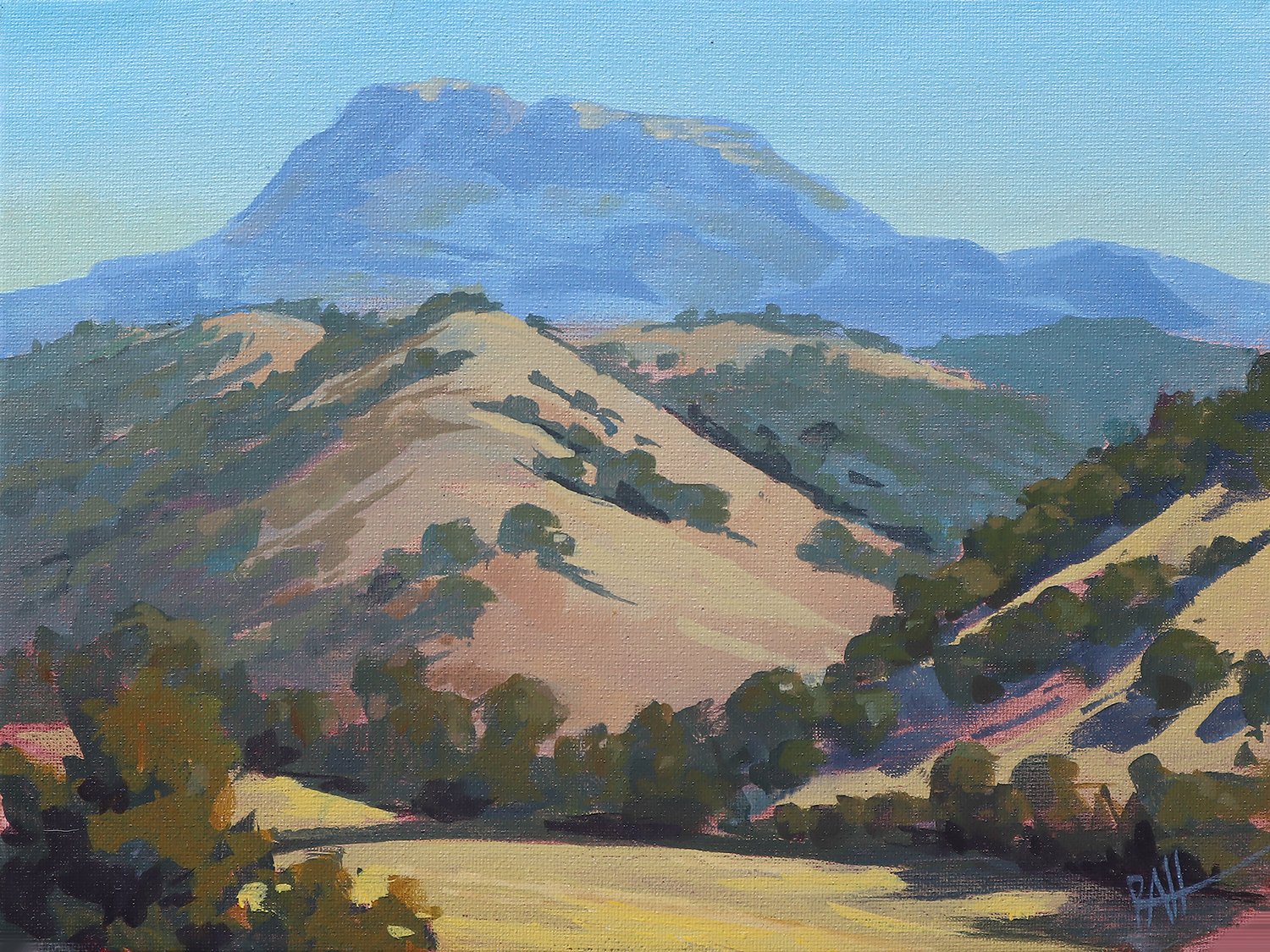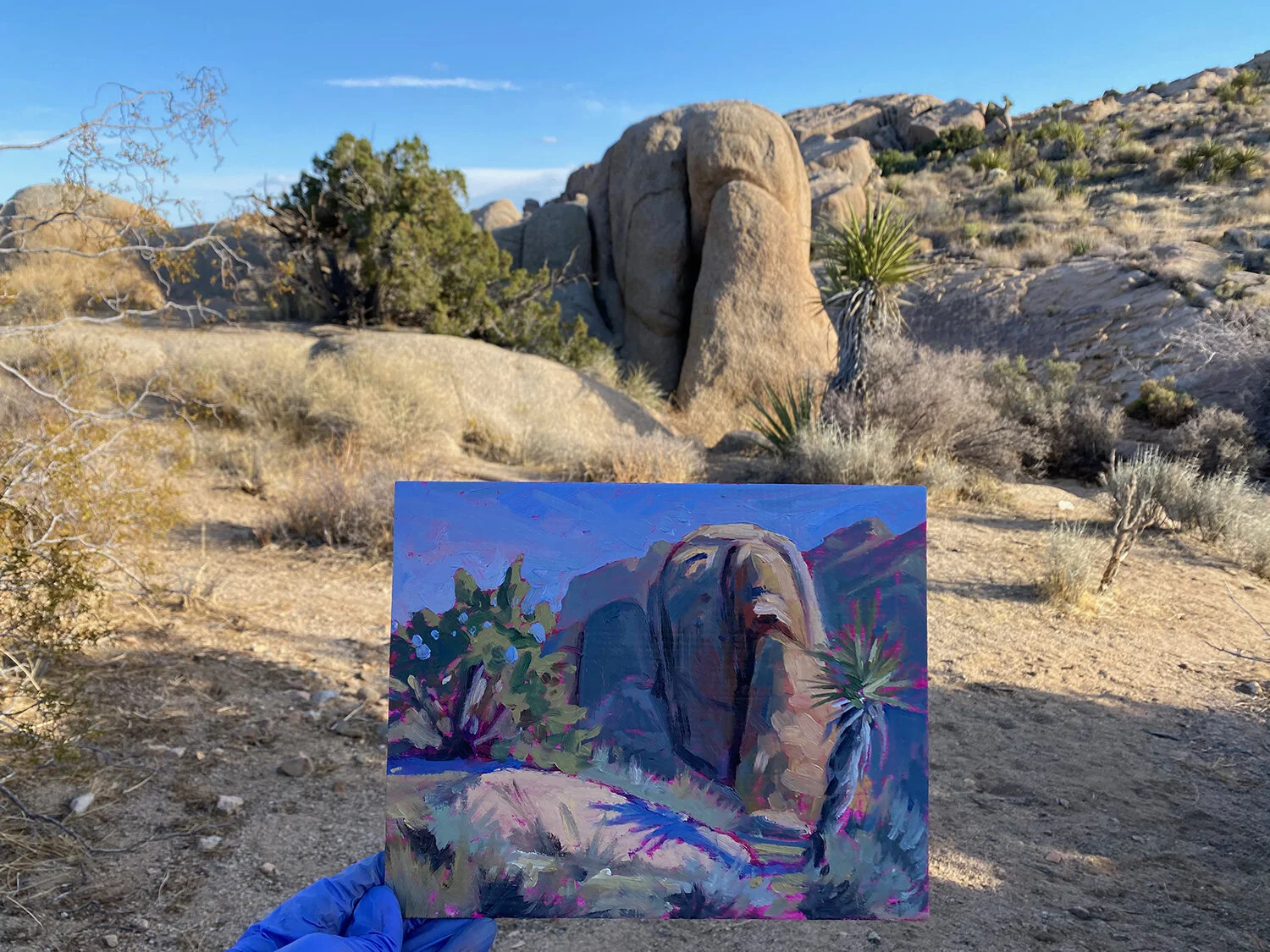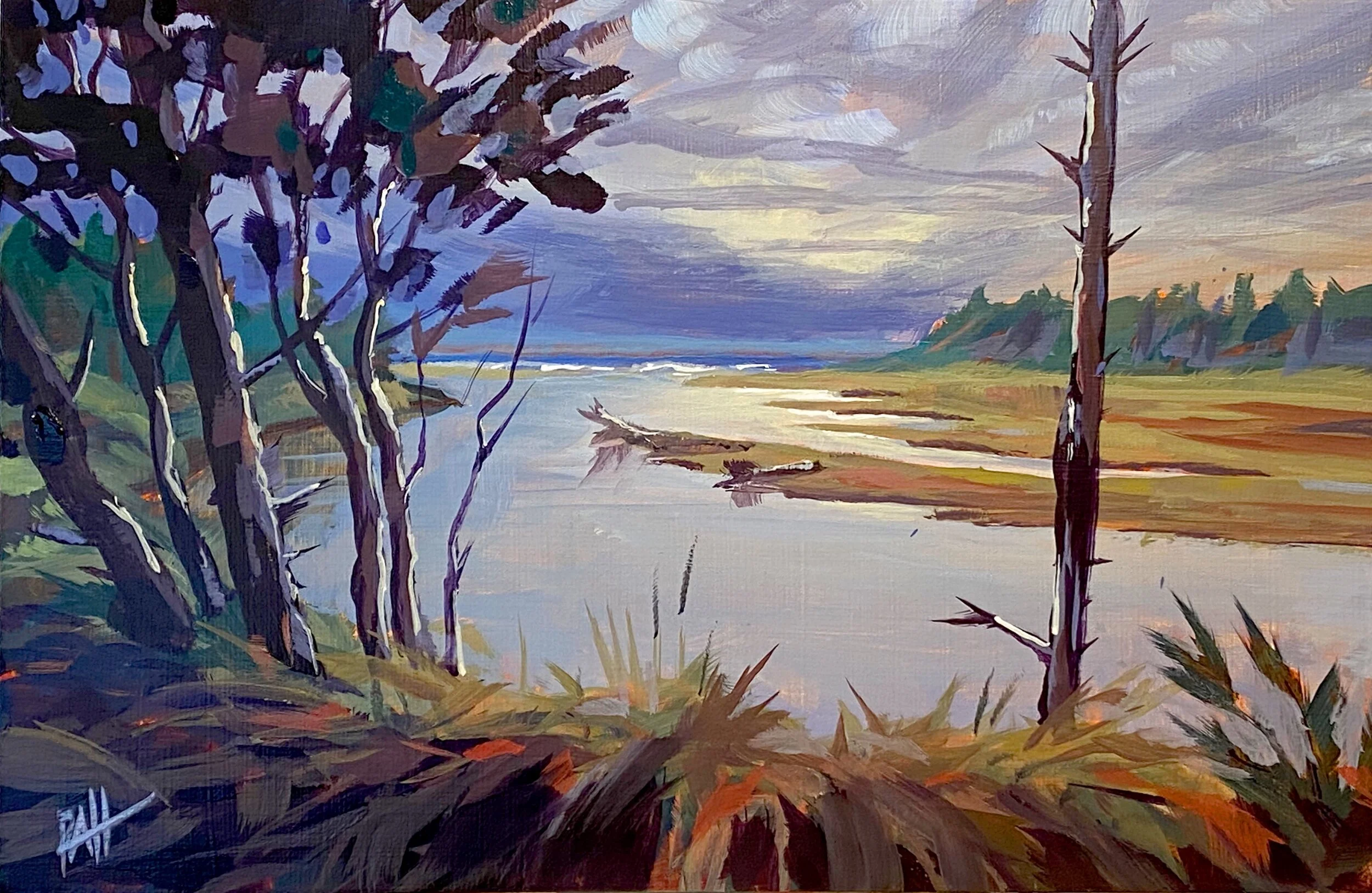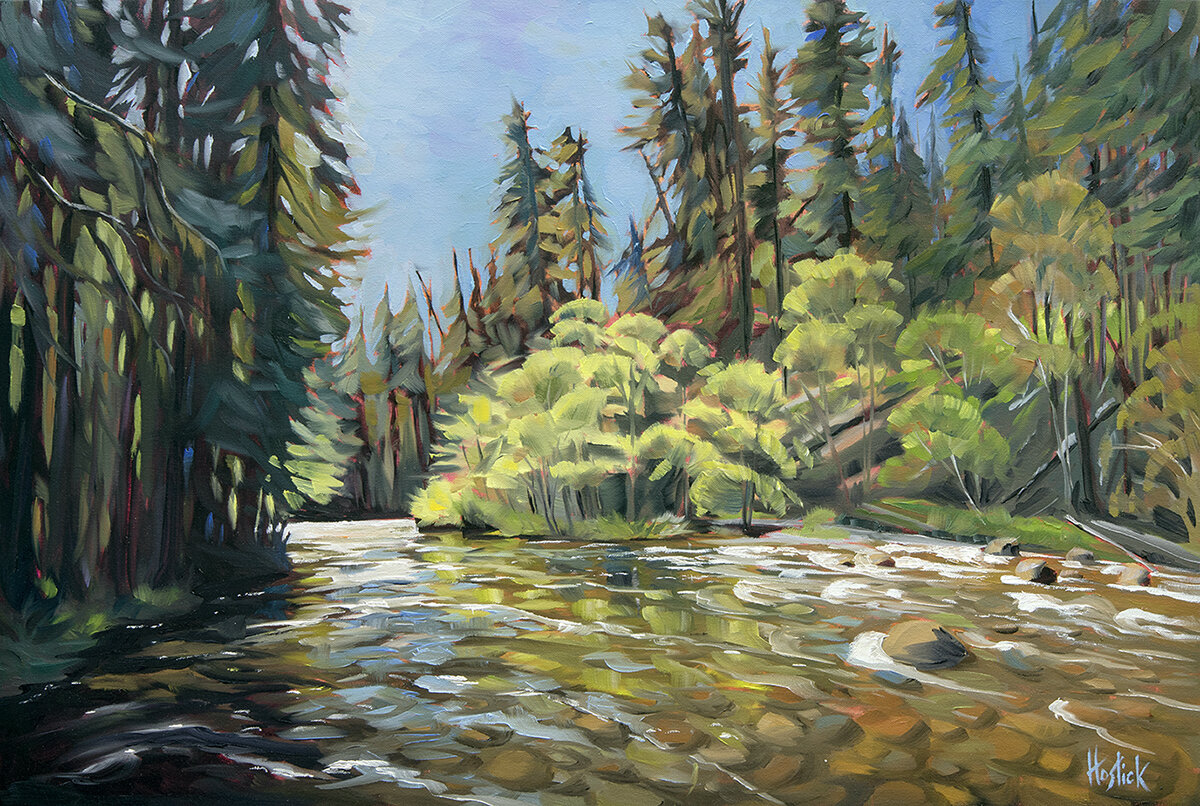Have you ever found yourself in the presence of beauty when time seems to stop for a moment? Maybe you sense the wind, the cool tingle of raindrops, or the roar of the ocean. How did you feel? In awe, perhaps, or simply grateful to be alive? I sure hope so. Because it turns out that feeling is really, really good for you.
Lucky for us humans, the feeling of awe is there for us when we need it. Read on to learn what it is and how to find it.
Why the idea of being in awe should sound romantic to me, and maybe to you, says something about modern life. Like most people, I’ve long felt the main driver of life is making a living, getting ahead, fulfilling responsibilities and expectations, and generally keeping things moving along. It can be a lot.
In fact, as you’ve probably heard often enough in the last few years, a lot of people are feeling the burn. Even when life, by many measures, might be pretty darn good. Yep, I’ve been feeling that, too. In waves.
So what’s a person to do? One of my lifelong go-to solutions for feeling good is connecting with nature. I hadn’t always thought about it this way, but the feeling of awe we get from those special moments when the land seems to speak to us – or maybe when we’re ready to listen – is really what I’m after. It motivates me to get out in the world, often in remote places, for no other reason than to be there.
But it’s easier to find than you might think. You don’t need mountain peaks or national parks, although these are almost guaranteed to inspire a lot of good vibes. Awe can be found in daily life, too, like little bits of nature seen through your window or just looking up at the sky. It can even be found in the memory of special moments or places, or – as it turns out – in a painting that expresses them.
Coincidentally, one of my favorite positive psychology researchers, Dacher Keltner, just came out with a great book titled Awe: The New Science of Wonder and How it Can Transform Your Life. I’ve enjoyed reading about positive psychology for many years. This relatively new field of study has taught me that how we see things in the world is, in part, a choice we make. That choice impacts us and everyone else in our lives. If that seems obvious, I’m with you, but it’s nice to know the research backs it up.
It appears, in fact, the feeling of awe is not a luxury or an ideal, but a natural and important part of being human. “Awe is the feeling of being in the presence of something vast that transcends your understanding of the world,” said Keltner. This feeling - unique among the spectrum of human emotions - almost instantly calms our turbulent minds and re-orients us outside of ourselves. It shuts down negative self-talk, framing us real-time in a larger context. And, like many healthy habits, it seems, it all begins with awareness.
For me personally, standing in awe of the great and mysterious powers of nature, vast and complex, I can’t help but feel … small. And really, really lucky to be here.
Like many artists, I’m always thinking about what I’m doing and why. Sometimes I feel myself getting caught up in the comparison game, or feeling pressure to stand out or do something audacious that will make the Art World sit up and take notice.
Fortunately, I tend to be very suspicious of these feelings. Although they’re part of our culture, the urgency to achieve can distract from the real goal, which is to follow the path of what moves you. For artists, it’s about what moves you to create art.
While I believe art is probably still among the most free and unencumbered of all vocations, I’m starting to understand more clearly how much intent matters. Explore and experiment, yes. But stay in touch with what you want to share, and why.
You probably guessed where this is going. Yep, I think the feeling of awe is exactly what I’m trying to convey in my work. It’s why I explore, and it’s why I paint landscapes. The experience of moments, hours or days in the presence of ever-changing beauty and natural systems just fills me up. And to create a work of art that offers even a small part of that feeling – says just one true thing about the experience itself – is satisfying to me. And when others connect with that feeling, too, well, that’s the real magic.
As we often do, my wife and I spent a few days around the New Year in the little fishing town of Charleston, on the south-central Oregon coast. I was born in the area and enjoy some of my earliest memories playing in the cold waves of Sunset Bay.
One stormy evening a few weeks ago, we were hanging around the rocks and tidepools on an incoming tide, watching the light change and keeping an eye out for sneaker waves. The breakers piled up over the reef and it felt like any moment the mighty Pacific Ocean would flood the bay and sweep us out to sea. Instead, the sun broke through the storm clouds and washed the landscape with warm light, chasing away the cold for a moment that seemed much longer than it was. And in that moment, we were glad to be alive.
The experience inspired a large painting (title image). Like most of my work, painting this scene required many days of dedication to that moment. It’s like Groundhog Day, but in the best possible way.
A friend stopped by my studio one evening after I’d finished, observed the painting thoughtfully and said, “Wow, it reminds me of a Bierstadt!” That absolutely made my day. Soon I’ll share more about why I’m inspired by the romantic western painters like Albert Bierstadt, but for now, shout out to my friend (you know who you are). Her comment was a clue that I might be inching closer to sharing – through art – the awe I feel in the presence of beautiful places.
As I write this tonight, I’m feeling super lucky to get to explore and share these ideas as a central part of my life and career. It’s important to reconnect to them and remember what I’m doing and why. And guess what? You’re the most important part of that, and the reason I get to keep doing it. Thank you, it means a lot.
PS – Thoughts or comments? Hit “reply” to this email any time.






























